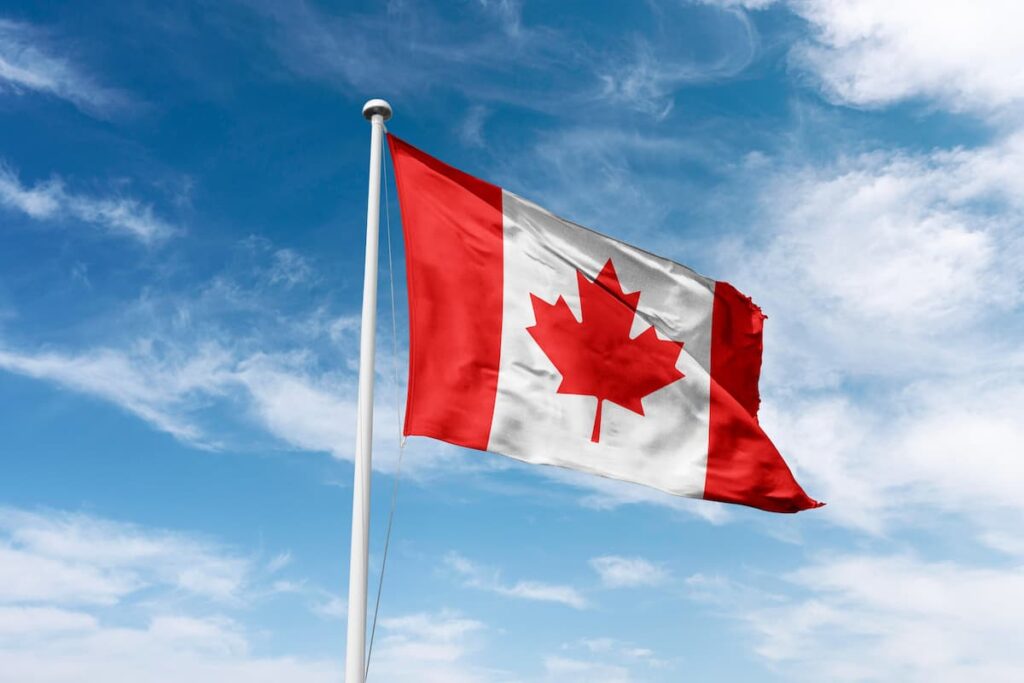With just two weeks remaining before the federal election, the Liberal Party continues to lead the race—though with a slimmer margin than before. Recent polling shows that 43% of Canadians would currently vote for the Liberals, while 38% support the Conservative Party, led by Pierre Poilievre. This 5-point lead has narrowed from a previous gap of 7 points, indicating that momentum may be shifting as election day approaches.
Despite the tighter competition, the Liberal campaign appears to retain a solid core of support. At the same time, the Conservative base is showing stronger commitment, with 76% of its voters saying their decision is final, compared to a national average of 68%. Only 31% of voters remain open to changing their minds, leaving limited room for last-minute persuasion.
Preferences for the election outcome also reveal a divided electorate. Nearly half of Canadians favor a Liberal victory, with 32% wanting a majority government and 14% preferring a minority. By contrast, 36% back a Conservative win, split between 30% supporting a majority and 6% a minority government.
External Factors Shape Voter Sentiment
Beyond party platforms, international politics—especially those involving the U.S.—are influencing Canadian voters. Over half of the population (58%) say tariff policies and trade tensions linked to Donald Trump play a role in how they assess political parties and their leaders. While the degree of influence varies, the fact that these policies are factoring into Canadian political sentiment underscores the importance of strong cross-border leadership.
Emotions also play a key role in shaping voter decisions. Hope for a better future in Canada is cited as the primary motivator for 51% of Canadians, while 39% say they are driven by fear over what lies ahead, particularly in relation to foreign policy developments. Voter motivations differ by political affiliation: Conservative supporters are more likely to vote based on optimism, while Liberal voters are more often fueled by caution.
One upcoming event that could further influence voter behavior is the leaders’ debate. Over half of Canadians plan to watch it live, either in French or English, or to view clips afterwards. However, only 17% believe it could sway their vote, suggesting the debate may serve more to reinforce existing opinions than to shift them.
Carney Seen as More Prepared for International and Economic Challenges
In terms of leadership capabilities, Mark Carney is viewed as better equipped than Pierre Poilievre in several critical areas. A plurality of Canadians believe Carney would be more effective in managing Canada–U.S. relations, especially when dealing with the unpredictable policies of Donald Trump. He is also seen as stronger in guiding the economy through current uncertainties, tackling the cost-of-living crisis, and preserving national unity.
This perception is likely influenced by Carney’s background. His experience at the helm of both the Bank of Canada and the Bank of England has earned him a reputation for economic stability and a calm, steady approach to leadership—traits that resonate with voters in uncertain times.
Poilievre, on the other hand, has carved out his strengths in connecting with everyday Canadians, proposing immigration reforms, and promising lower taxes. In these areas, more Canadians believe he has the right approach, showing a clear division in the perceived strengths of the two frontrunners.
National Unity and Sovereignty Sentiments Persist
While the federal race dominates headlines, regional issues continue to bubble beneath the surface. A minority of Canadians (20%) support the idea of their province becoming a separate country, with Alberta showing the highest support outside Quebec (29%). In Quebec, 40% of residents express support for sovereignty, underscoring the province’s ongoing distinct political identity.
These sentiments, though not dominant nationwide, reflect underlying tensions around national unity—an issue that could gain more prominence depending on the election results and how future federal policies address regional disparities.
As the campaign enters its final stretch, the narrowing margins between the top two parties, the interplay of emotional and economic concerns, and the impact of international developments all point to a highly competitive and consequential election outcome.



